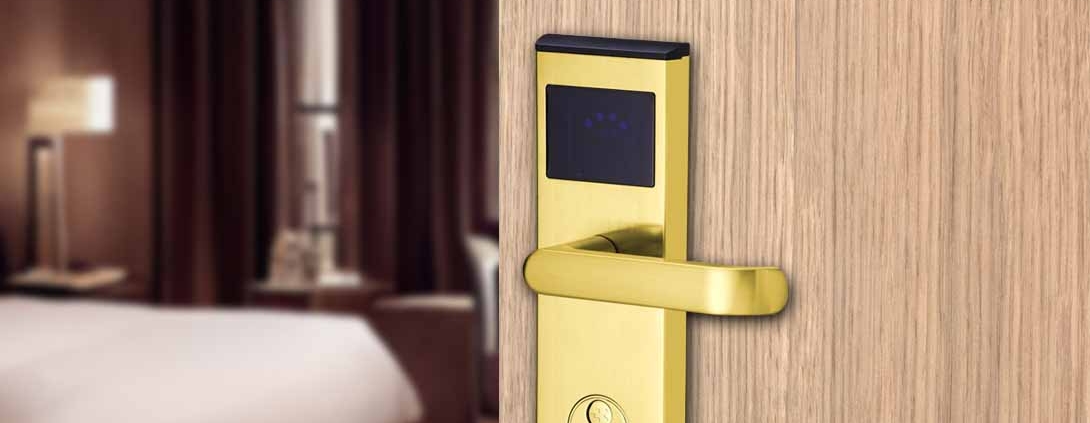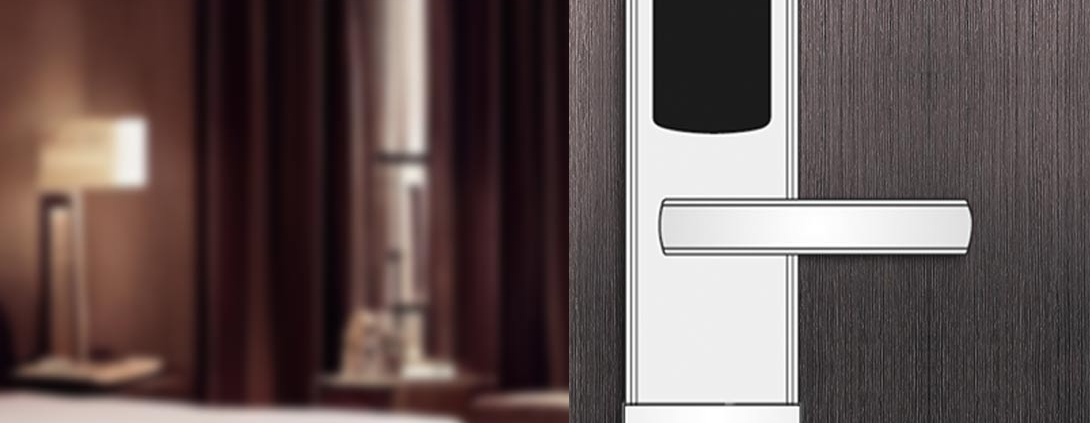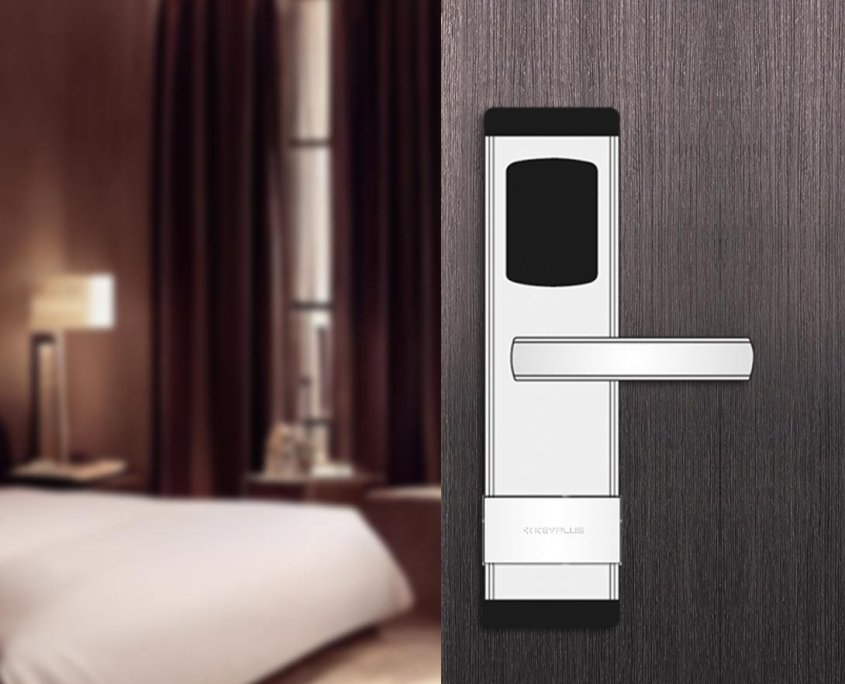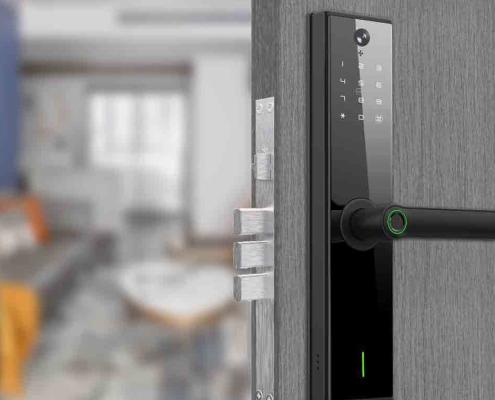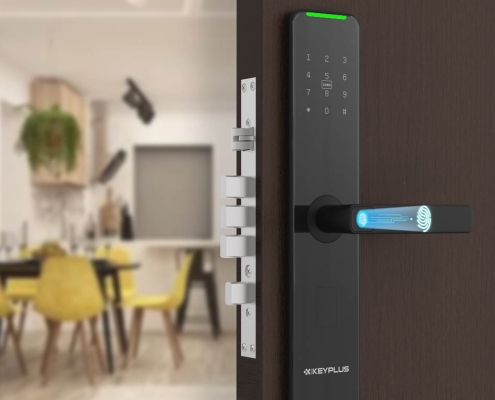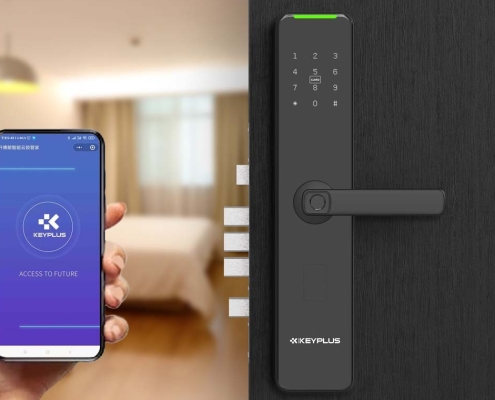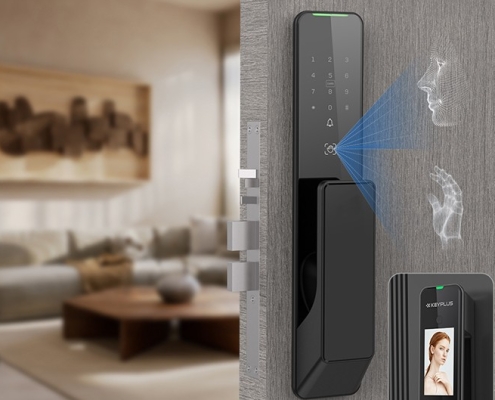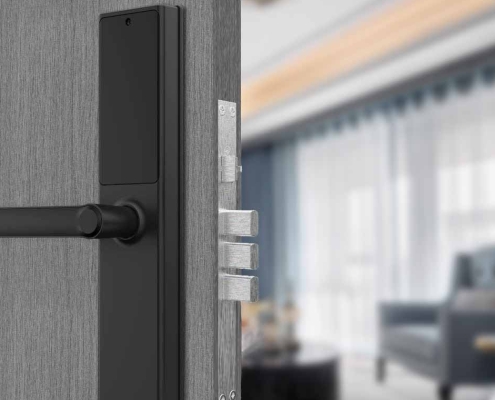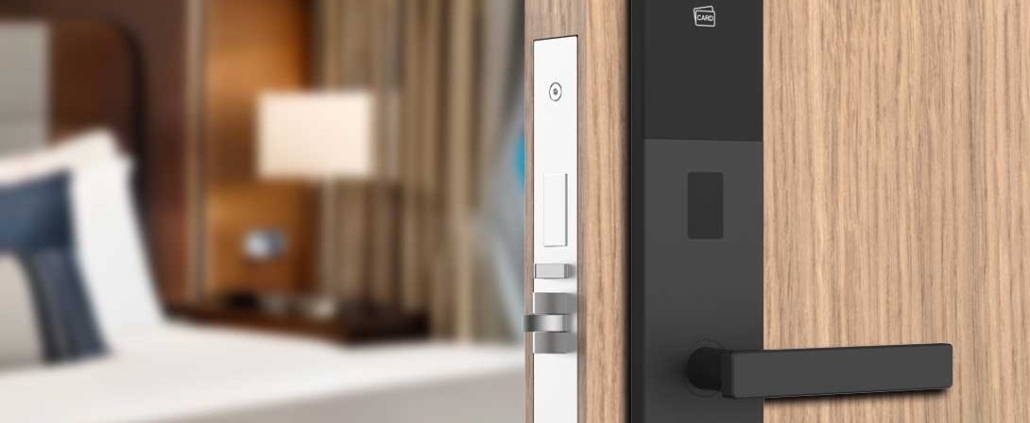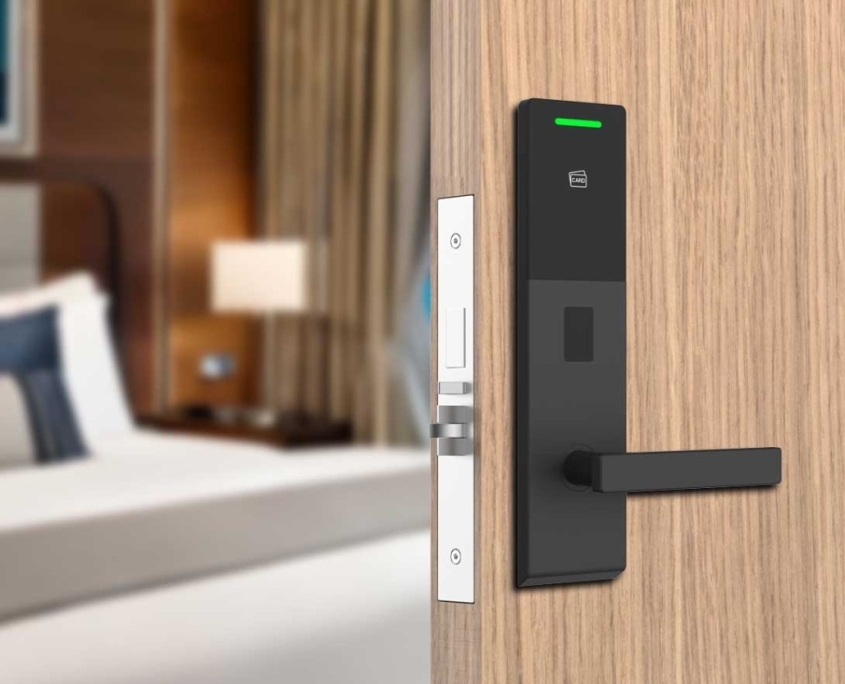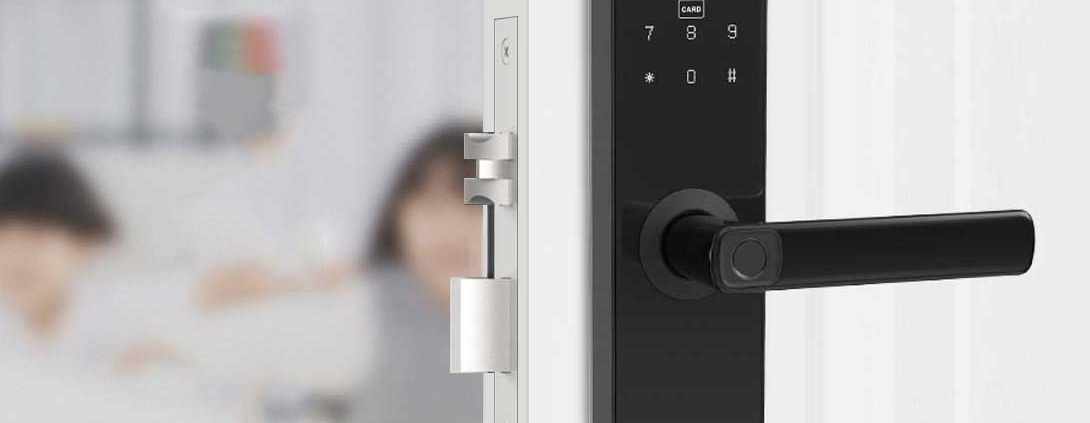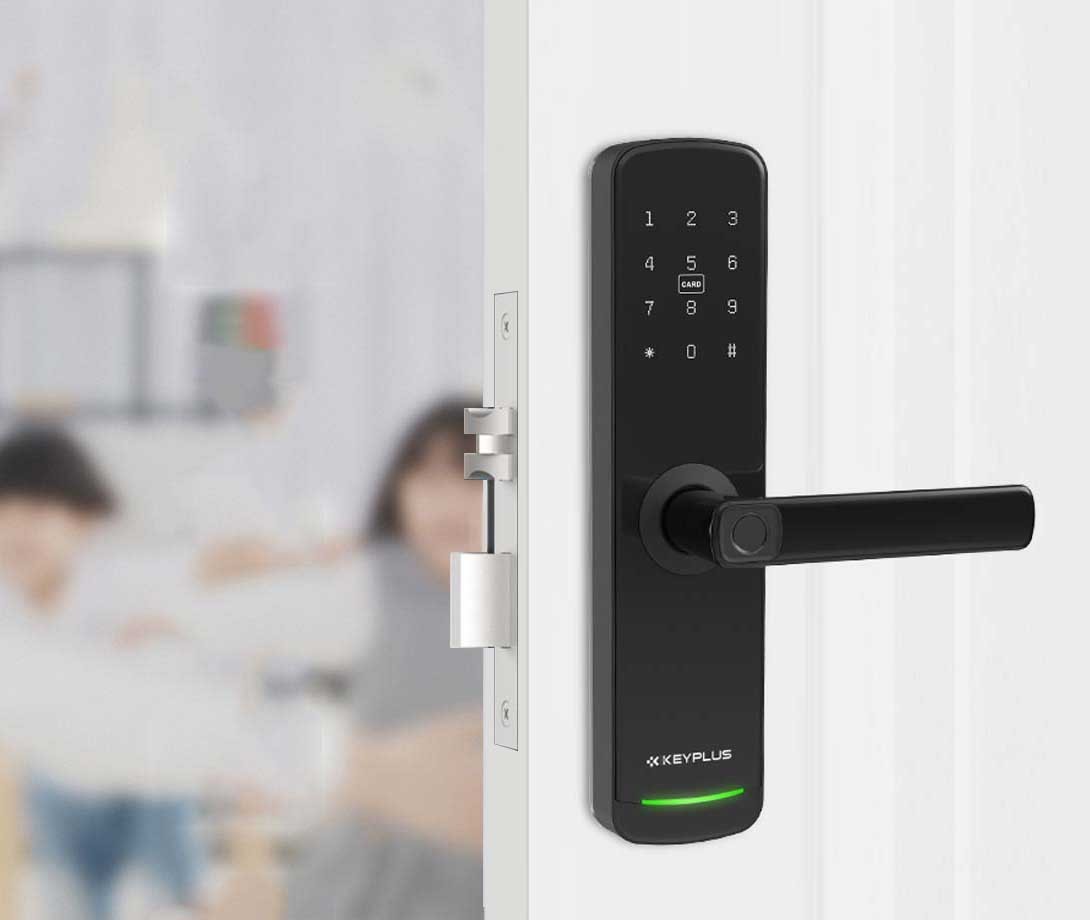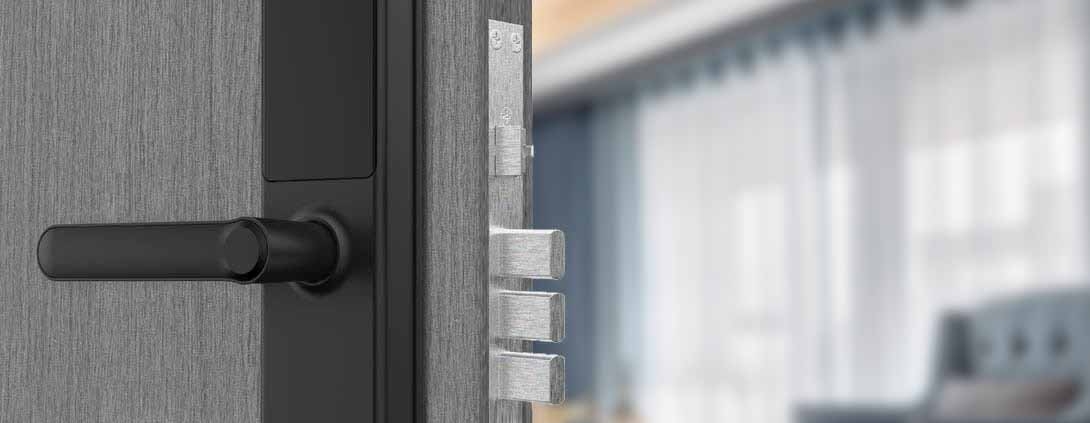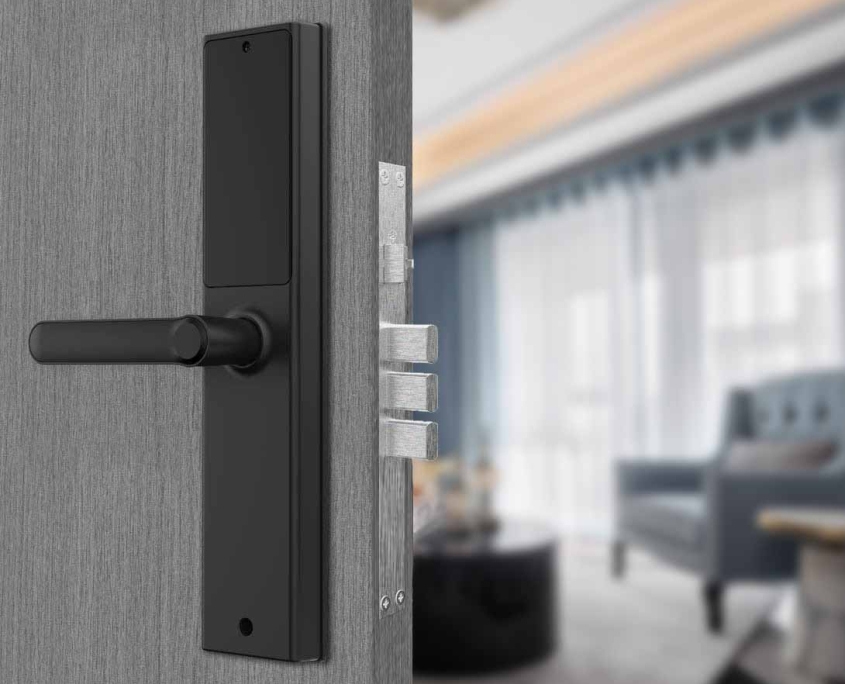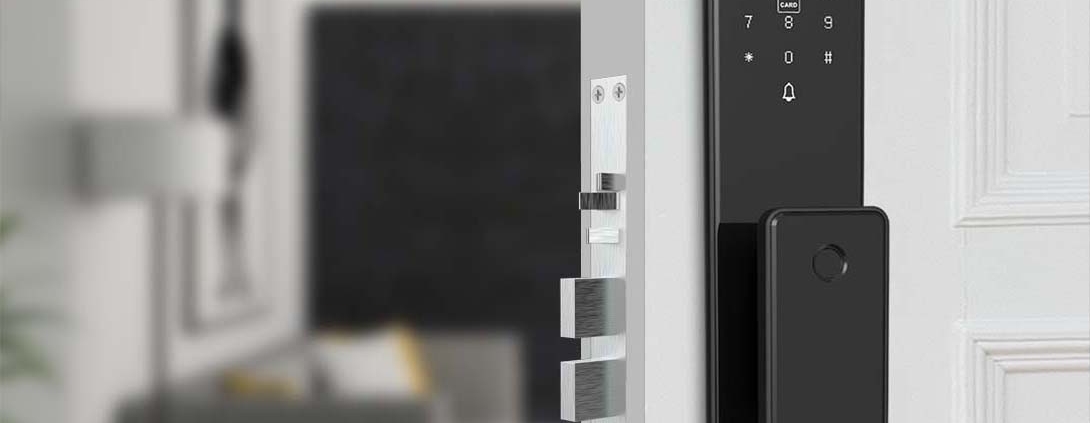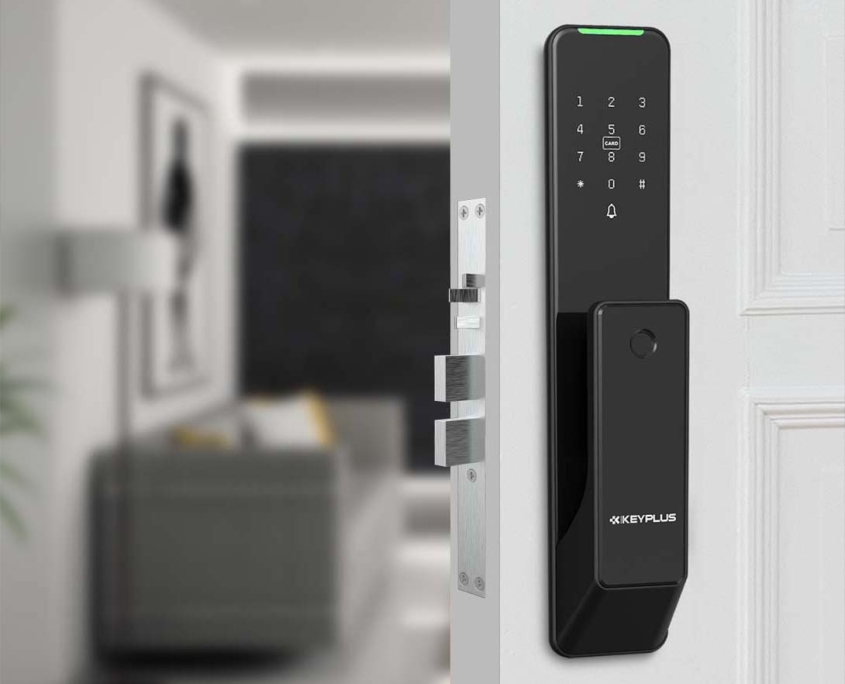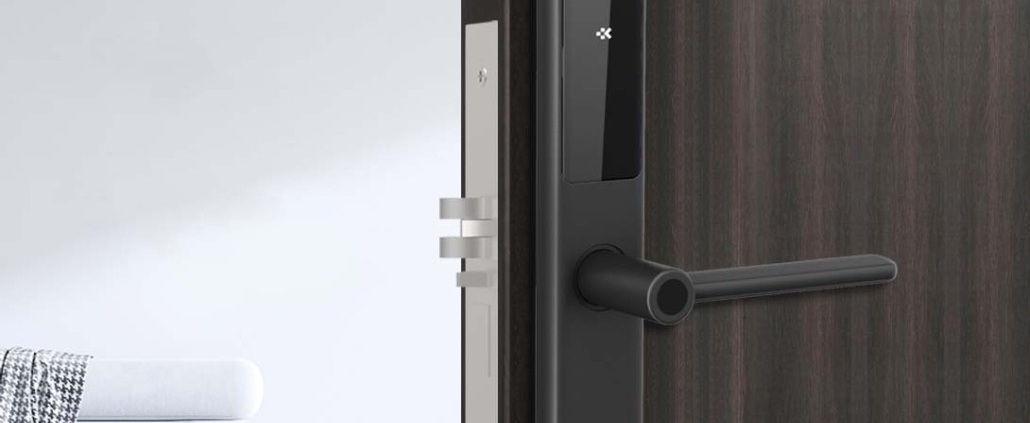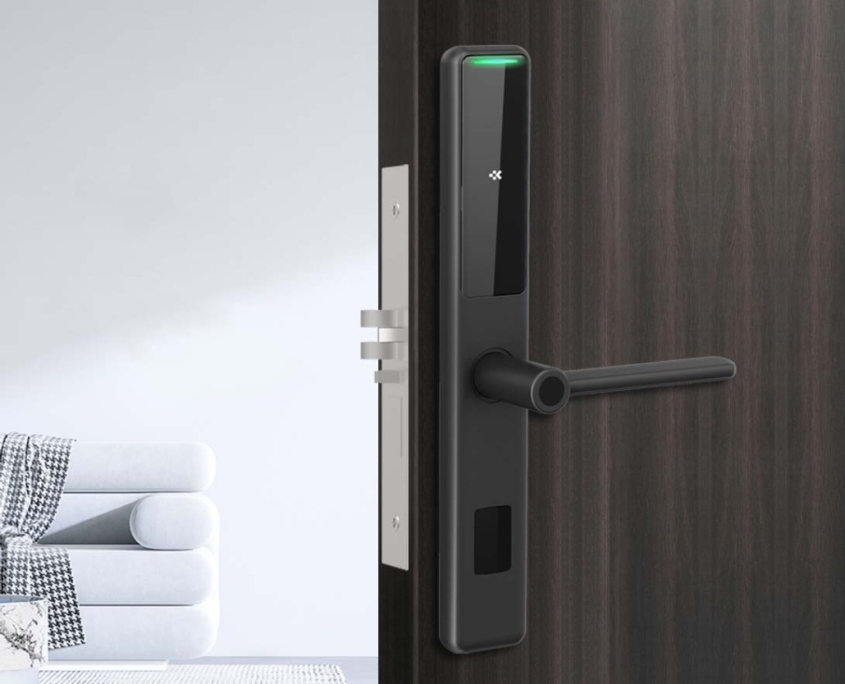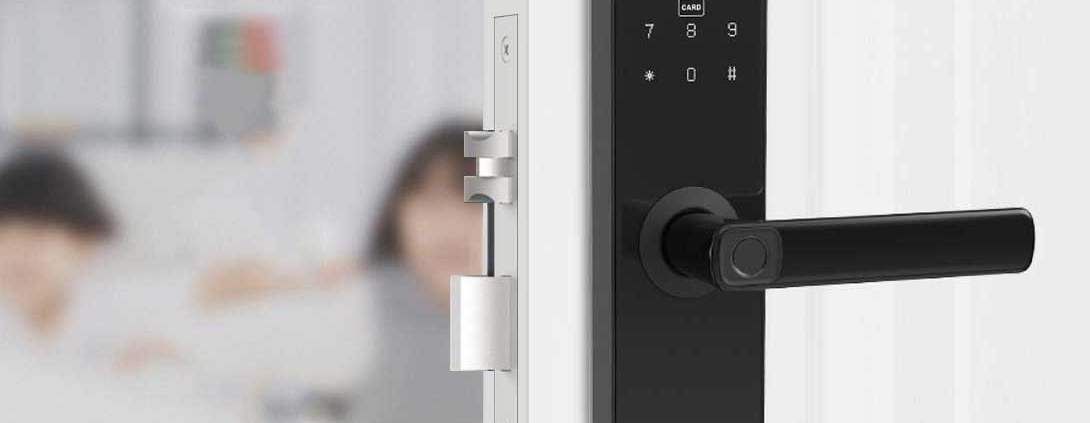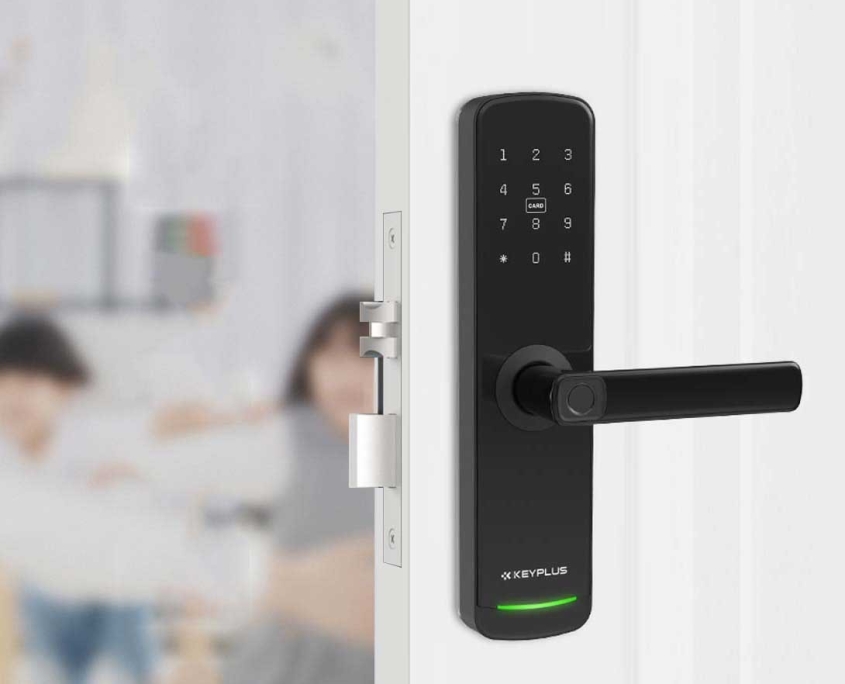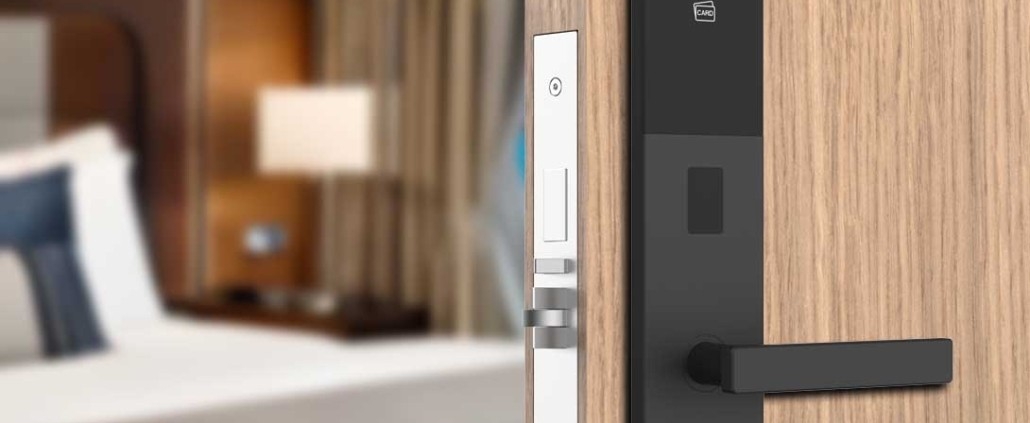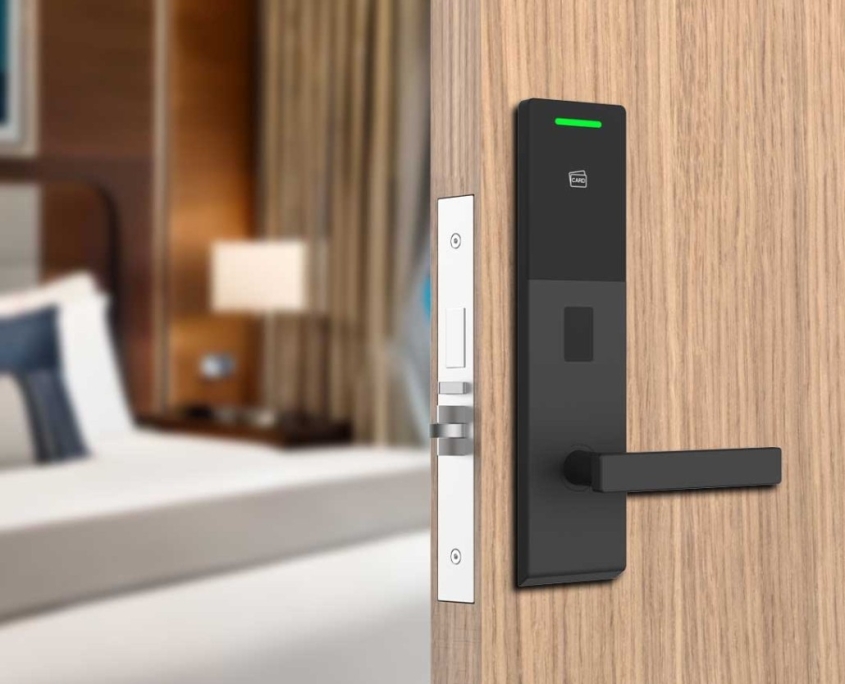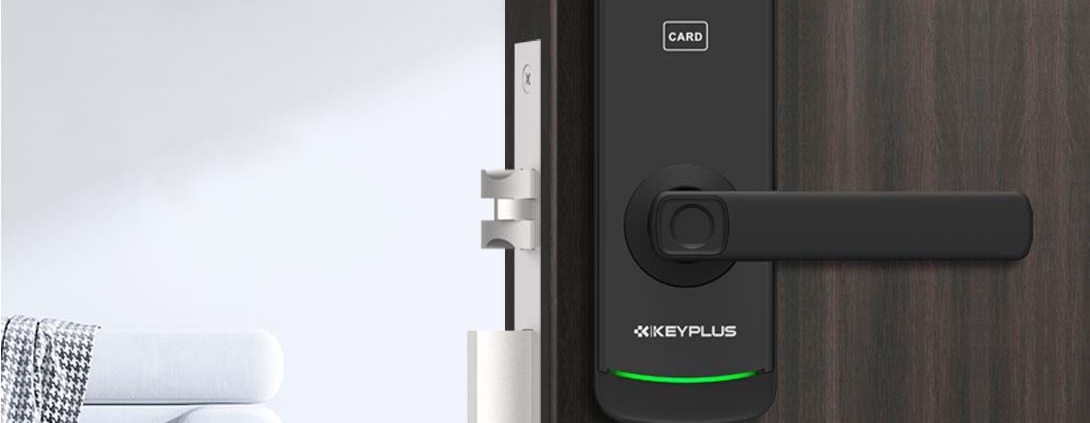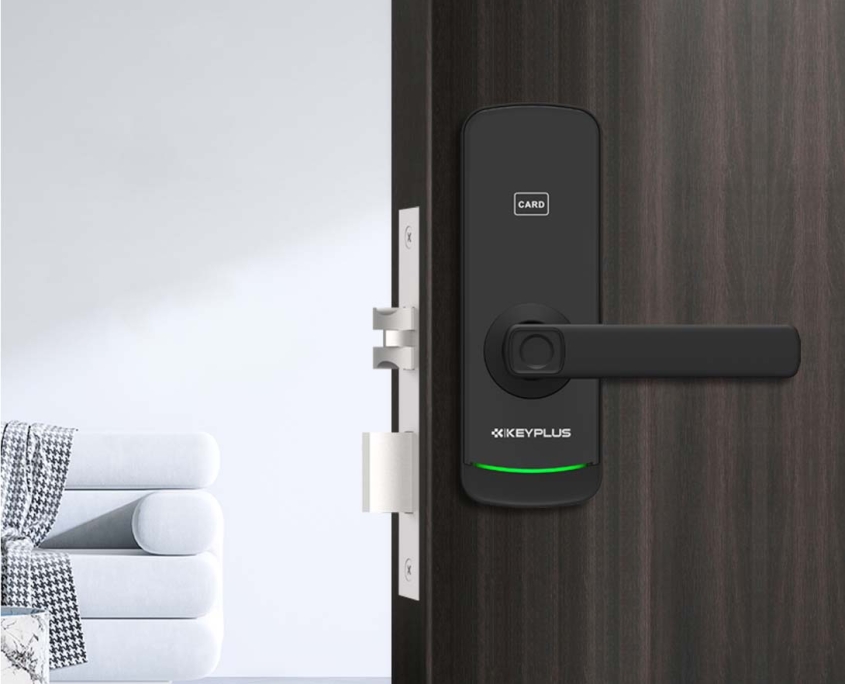In this guide, we’ll break down the different types of hotel door locks, what they’re called, and how they work. Whether you’re a frequent traveler or just curious about hotel security, this article will give you a clear understanding of the technology keeping your room safe.
1. Traditional Mechanical Locks (The Old-School Option)
Before electronic locks, hotels used standard pin-tumbler locks, just like the ones on your house. These required a metal key to turn the lock mechanism.
What They’re Called:
-
Mortise Locks (Common in older hotels)
-
Cylindrical Locks (Simpler, like residential door locks)
How They Worked:
-
A physical key was inserted and turned to retract the latch.
-
Each key was cut to match a specific lock.
Why Hotels Stopped Using Them:
-
Lost keys were a hassle (hotels had to rekey the lock).
-
No security tracking (staff couldn’t tell who entered the room).
-
Easy to duplicate (unsecure for hotels).
Still Used? Rarely—mostly in historic or budget hotels.
2. Magnetic Stripe Keycard Locks (The ‘90s Standard)
If you’ve stayed in a hotel in the past 30 years, you’ve probably used a magnetic stripe keycard lock. These were the industry standard for decades.
What They’re Called:
-
Magstripe Locks (Short for “magnetic stripe”)
-
Swipe Card Locks
How They Work:
-
The keycard has a black magnetic strip (like a credit card).
-
You swipe or insert the card into the lock to unlock the door.
-
The lock reads the encoded data and grants access if valid.
Why Hotels Liked Them:
Easy to reprogram (no need to change locks between guests).
More secure than metal keys (cards can be deactivated if lost).
Downsides:
Cards can demagnetize (keeping them near phones or magnets can wipe them).
Wear out over time (swiping damages the strip).
Still Used? Yes, but many hotels are upgrading to newer tech.
3. RFID Keycard Locks (The Modern Standard)
Most hotels today use RFID (Radio Frequency Identification) locks, which are more reliable than magstripe locks.
What They’re Called:
-
Proximity Card Locks (Because you just hold the card near the reader)
-
Contactless Keycard Locks
How They Work:
-
The keycard has a tiny embedded RFID chip.
-
Instead of swiping, you tap or wave the card near the reader.
-
The lock sends a wireless signal to verify access.
Why Hotels Prefer Them:
Faster & more convenient (no swiping required).
More durable (no magnetic strip to wear out).
Harder to clone than magstripe cards.
Still Used? Yes—this is the most common type of hotel lock today.
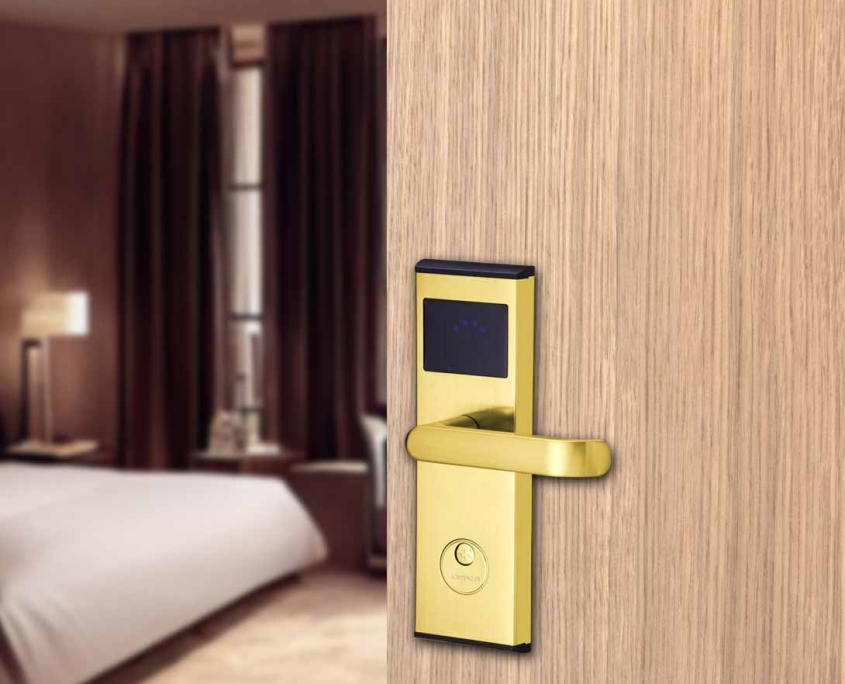
4. Mobile Key Locks (The Future of Hotel Access)
Many hotels now let you use your smartphone as a key—no plastic card needed.
What They’re Called:
-
Digital Key Locks
-
Bluetooth Hotel Locks (Because they use Bluetooth to communicate)
-
NFC Hotel Locks (Some use Near Field Communication,)
How They Work:
-
You check in via the hotel’s app (e.g., Marriott Bonvoy, Hilton Honors).
-
The app sends a secure digital key to your phone.
-
You hold your phone near the door, and it unlocks automatically.
Why They’re Growing in Popularity:
No lost keycards (your phone is always with you).
Faster check-in (skip the front desk).
Eco-friendly (reduces plastic waste from keycards).
Still Used? Yes—major chains like Marriott, Hilton, and Hyatt are adopting them.
5. Biometric Locks (High-Tech & Rare)
A few luxury hotels use biometric locks, which scan your fingerprint, face, or even your eye.
What They’re Called:
-
Fingerprint Door Locks
-
Facial Recognition Locks
How They Work:
-
At check-in, the hotel scans your biometric data.
-
To unlock the door, you place your finger on a scanner or look into a camera.
Pros & Cons:
Ultra-secure (no keys or cards to lose).
Privacy concerns (some guests don’t like giving biometric data).
Expensive (not common in most hotels yet).
Still Used? Only in high-end resorts and futuristic hotels.
6. Keypad Locks (Common in Extended-Stay Hotels)
Some hotel extended-stay brands use keypad locks that require a password.
What They’re Called:
-
Electronic Keypad Locks
-
PIN Code Locks
How They Work:
-
The front desk gives you a unique numeric code.
-
You enter the code on the door’s keypad to unlock it.
Why Hotels Use Them:
No keycards to lose (great for long-term stays).
Easy to change codes between guests.
Still Used? Mostly in apartment-style hotels.
Which Lock Is the Most Secure?
| Lock Type | Security Level | Convenience |
|---|---|---|
| Traditional Key | Low | Low |
| Magstripe Card | Medium | Medium |
| RFID Card | High | High |
| Mobile Key | Very High | Very High |
| Biometric | Highest | Medium |
Best for Security: Biometric & Mobile Keys
Best for Convenience: RFID & Mobile Keys
Final Thoughts: What Should You Look For?
Most modern hotels use RFID or mobile keys—they’re the perfect balance of security and convenience. If you’re staying at a luxury resort, you might even see biometric locks.
Pro Tip: If you’re unsure what type of lock a hotel uses, check their website or app before booking.

